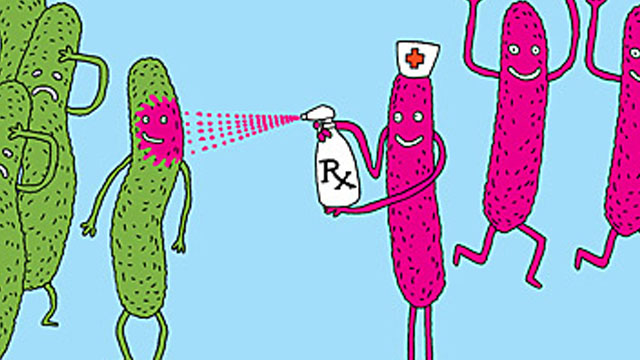Not many know that there are few stubborn bacteria that become dormant when exposed to antibiotics, only to awaken later to begin their dreadful task.
Not many know that there are few stubborn bacteria that become dormant when exposed to antibiotics, only to awaken later to begin their dreadful task.
In a breakthrough research, the mechanism by which some bacteria are able to survive antibacterial treatment has been revealed at Hebrew University in Jerusalem – paving the way to control such ‘persistent’ bacteria in near future.
The researchers found that when antibiotics attack these bacteria, the HipA toxin – naturally occurring toxin triggering dormancy of the bacteria – disrupts the chemical “messaging” process necessary for nutrients to build proteins.
Bacteria treat this condition as ‘hunger signal’, go into an inactive state in which they are able to survive until the antibacterial treatment is over and they can resume their harmful activity, said the research published in the journal Nature Communications.
“When you treat using antibiotics, there will always be some bacteria that survive. If we manage in the future to introduce a substance that deals with the biological mechanism that the study uncovered, antibiotics will be more effective,” said Gadi Glaser of faculty of medicine. He was assisted by Nathalie Balaban of Racah Institute of Physics.
Until now, it had been known that there is a connection between these kind of bacteria and the naturally occurring toxin HipA in the bacteria, but scientists did not know the cellular target of this toxin and how its activity triggers dormancy of the bacteria, added the research.
The research on persistent bacteria, being conducted in Balaban’s lab for several years, would be combined with the work being done in Glaser’s lab focusing on combating persistent bacteria – leading to more effective treatment for bacterial infections.
IANS





